Bozeman, Montana has a profile similar to Missoula, since it is also anchored by a major state university and has a vibrant art and culture scene. As you might expect, there are quite a few breweries here! Surprisingly, though, instead of a boozy week of beer, our focus during our visit turned out to be science and the natural world. Our inner geeks were out in full force this week.
Montana Grizzly Encounter
We normally are not fans of zoos or any other form of wild animals in captivity. However, I do like to photograph animals and often the best place to do that is someplace they won’t run away — e.g., a zoo. So we were initially here for the photos, but the Montana Grizzly Encounter really surpassed our expectations. This sanctuary is a home for brown bears that were either abandoned as cubs or were part of the circus or exotic pet trade, and therefore can’t live in the wild. This small facility allows the animals to live out their lives in their natural climate, even if they can’t truly experience the local wilderness.
One a brown bear becomes accustomed to humans, it can’t be released since it would pose a danger to people and to itself. Happily, the bear sanctuary provides a place for these people-friendly bears to wander around in a naturalistic enclosure and enjoy plenty of attention from tourists. The bears are so acclimated to people that they practically pose for photos, safely separated from the crowds by a small moat with an electric fence.
It was pretty remarkable to be just a few yards away from the most fearsome predators of the Rockies, without the feeling of complete terror that would accompany a chance encounter on the trail. They are truly awe-inspiring in their power, agility, and grace. I was happy to spend an hour just observing (and taking hundreds of photos), while a very well-informed volunteer shared valuable information about bear habits and, importantly, how to react to bears in the wild. I took so many photos that it was difficult to narrow down what I would use in this post.
And these are all photos of one bear, Bella! Each of the 5 bears that lives in the sanctuary comes out of its den to play outside separately, except for one duo that was raised together since they were cubs. Visitors can see different bears by visiting at different times of the day — one day’s entry fee provides admittance for the entire day.
Museum of the Rockies
In addition to modern apex predators, we also spent a day immersed in the world of prehistoric predators. Way back when, about 100 million years ago, Montana was comprised of alluvial plains that bordered a great inland sea located east of the Rockies. The coastal plains were perfect locations for the then-masters of the universe to live and die. As a result, Montana has some of the most dense deposits of well-preserved dinosaur fossils in the world. Even better, the former residents of the area are the most recognizable and charismatic dinosaurs — triceratops, stegosaurus, hadrosaurs (duck-billed dinosaurs), hard-headed pachycephalosaurs, and of course the ever-popular tyrannosaurus rex.
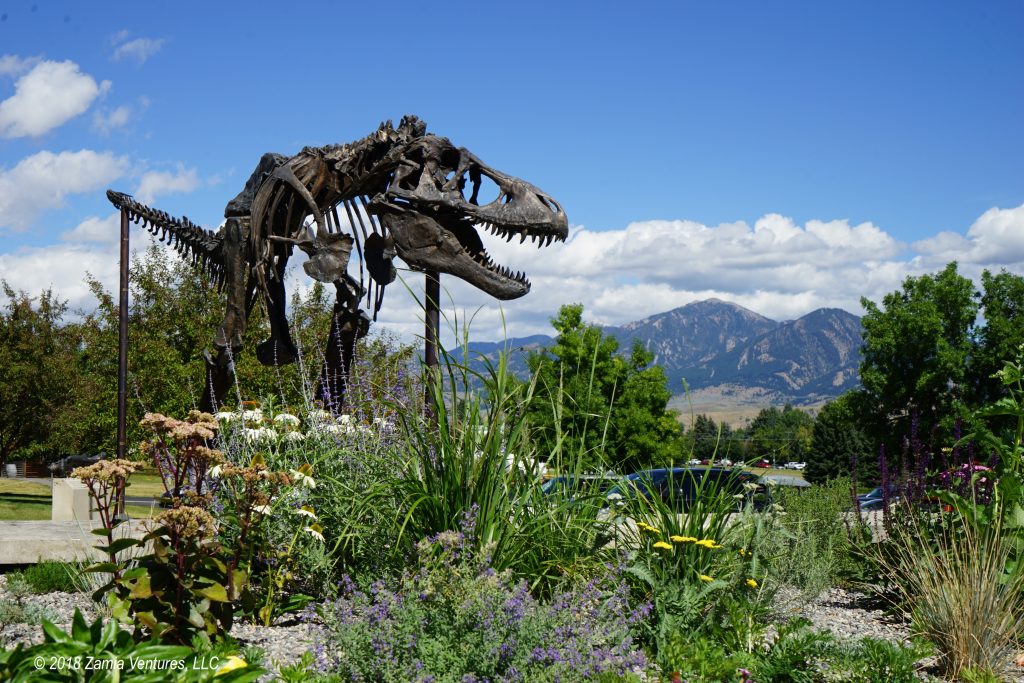
We had an early taste of dinomania when we visited the dinosaur museum in Dickinson, ND, on the eastern edge of the fossil-rich Hell Creek formation, and also learned about dinosaurs in Fort Peck, near the site of many of the best T. Rex finds. The Museum of the Rockies in Bozeman is the grandaddy of all dinosaur collections. The museum is also known for its famous former chief curator, Jack Horner — a noted paleontologist who was an inspiration for the lead scientist character in Jurassic Park and who served as a technical advisor on the films. The graduate program at Montana State is a premier location for dinosaur paleontology research. So of course the museum has one of the world’s most extensive collections of fossils from the Cretaceous period.
To me, the best part of the museum is that it doesn’t just present dinosaur info and theories as long-established facts, but explains how we know that information. In many cases, it’s the result of work by a graduate student or faculty member at Montana State. The descriptive placards referenced particular lines of research and published papers designed to answer specific questions about dinosaurs, which were presented along with key fossils that helped shape the conclusions of the research. I smiled at the photos of hot and sweaty paleontology graduate students gleefully posing next to their first major finds out in remote areas of Montana or Idaho, but that was just one small part of how this museum really nailed the celebration of the scientific process.
Some of the interesting questions that were the subject of research at MSU and elsewhere, and presented in the museum, include:
- Did dinosaurs drag their tails? An MSU graduate student analyzed the physical / mechanical properties of the tail bones in a medium-sized theropod to confirm that the shape of the bones would prevent the tail from bending down to reach the ground; the tail was held aloft.
- Were dinosaurs warm-blooded or cold-blooded? Microscopic imaging of cross-sections of bones shows that dino bones had lots of blood vessels, allowing for faster growth and better thermoregulation, similar to modern ostriches and very different from modern alligators.
- What sort of sounds did dinos make? An MSU team used a 3-D printer to create a model of the nasal cavity of a trumpeting dinosaur, and forced air through the model to recreate the sounds. This project contributed directly to the sound effects used in the Jurassic Park movies.
- How can we tell if a fossil is a new species, or a different life stage (juvenile, subadult) of a species that has already been described? The impressive sequence of triceratops fossils of individuals that died at different ages, showing the progressive age-related changes in the species’ distinctive horns and giant frill, was completely fascinating.
- What can dinosaur appearance tell us about how they lived? A significant theory is that species with very different-looking juvenile, subadult, and adult versions lived in large social groups where the appearance of the animals was important for establishing their status within the group.
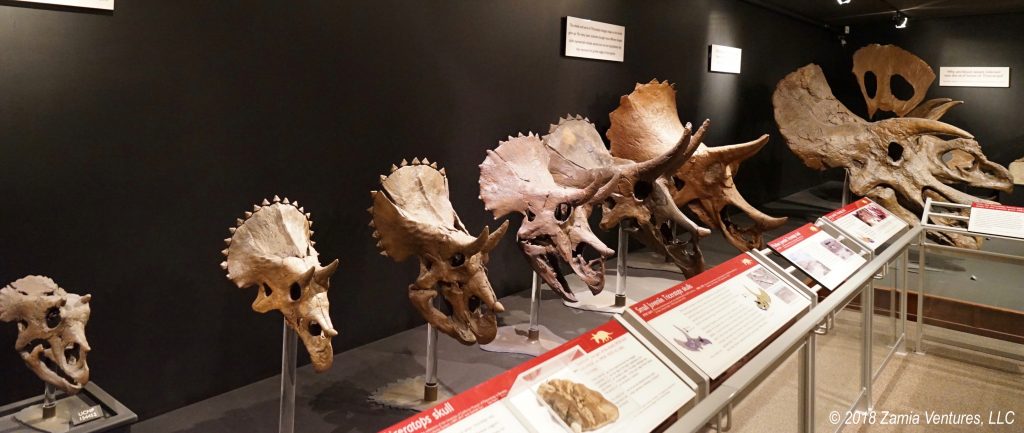
The dinosaurs were clearly the highlight of the museum. We also watched one of the shows in the planetarium, which was made much more compelling thanks to narration by the marvelous Patrick Stewart. For us, the areas dealing with Native American and Montana history were just OK, but that may be a result of having seen so much information in that vein already during our time in Montana. Our membership in another ASTC member museum was honored and we received free entry, so the bang for the buck was outstanding!
American Computer and Robotics Museum
Our final science museum in Bozeman was small but mighty. The American Computer and Robotics Museum is strangely located in a professional office park surrounded by offices for realtors and orthodontists. Yet the small space is packed with a truly notable collection of artifacts relating to the history of computers, robotics, and artificial intelligence. Starting from a brief history of written language, printing, priceless first editions of key treatises of the enlightenment, and a model of the earliest known computer (the antikythera mechanism), the museum quickly unfolds into a tour of early developments in electricity and the invention of binary language. From there it’s a whirlwind history tour complete with unique artifacts involving ENIAC, vacuum tubes, uses of computing for cryptography in World War II (including a disassembled Enigma machine and helpful explanatory video), the invention of microchips, and the inexorable increases in speeds and decreases in size of computing equipment.
There are plenty of items on display with bold-name connections, like an original Apple 1 computer donated and signed by Steve Wozniack, and a copy of a January 1975 issue of Popular Electronics featuring the Altair 8800, the first commercially viable personal computer, signed by members of the programming department: Bill Gates, Paul Allen, and Monte Davidoff. I was very impressed to see one of two known remaining original copies of the 1965 article in which Gordon Moore observed that computing power was doubling every two years.
My favorite part of the museum was the way it treated obscure scientists as total rock stars. The museum presented cherished objects in archival frames much the same way that a sports fan might display a mint condition Honus Wagner baseball card. But instead of sports memorabilia, the museum was showcasing antique computer equipment signed by people who made seminal contributions to early hardware and software development.
Sure, seeing the Apple IIe from my elementary school computer lab as a museum piece made me feel like a relative dinosaur. But I didn’t let that interfere with the nerd-tastic experience that was the American Computer and Robotics Museum. This targeted yet remarkable museum is free to enter, with donations requested, which we were more than happy to give.
Errands and Planning
We have a stretch of wilderness time ahead of us — about a month before we are back in a reasonably sized city. So Bozeman was the natural place to accomplish a lot of errands, and it turned out to be an ideal place to do that.
- Truck Maintenance: The truck can stop giving us complainy error messages about needing an oil change, because it has now been serviced. In addition to fresh oil, it has new filters and rotated tires. We should be good to go for thousands more miles. The Ford dealership in Bozeman was friendly and it was easy to get an appointment. Since most of Montana’s population seems to drive a Ford or Chevy pickup, this was not a surprise.
- Haircuts: We are both freshly shorn, and as an added bonus we both liked our cuts at the Bozeman Great Clips. Our haircuts are not complicated, but visiting a different salon every time we need a haircut has led to some pretty inconsistent results.
- Costco: Despite living in a small space, we buy a lot of staples in bulk at Costco, as well as fresh foods we can consume fairly quickly. We filled our pantry with organic canned goods and filled our freezer with organically raised meat to prepare for the upcoming month. Oh, and we made sure to pick up a mixed case of Big Sky craft beer — a real deal at $24.99 for 4 different six-packs.
- Grocery Shopping: While Bozeman is not yet graced with a Whole Foods, there was no shortage of fresh, organic, local produce here. We hit the Gallatin Valley Farmer’s Market on Saturday morning, and it’s obvious why this market has been around since 1971. Our purchases are pictured. That tomato proved to be quite possibly the most delicious tomato we have ever eaten, the vine-ripened Dixon melon was divine, and all the other produce was outstanding. Then we finished stocking up with a visit to the Bozeman Community Food Coop, which rivals or even surpasses Whole Foods in its commitment to purchasing local, organic, ethical foods. This town is basically food nirvana, at least in the late summer.
- Planning: We more or less completed our trip planning and reservations through the end of November. Woohoo! Being on the road full time means always having to plan ahead for future stays. It’s a relief to have several months on the books already, so we can avoid this task for a while.
Bozeman Brewing
Did you think we would make it through an entire week in Bozeman without visiting a local brewery? Of course not! Our stop at the Bozeman Brewing Company taproom gave us a chance to sample the wares of one of the most well-established breweries in Bozeman. Once again, we were impressed by the variety of beers and the craftsmanship involved in some of the more elaborate offerings. All in all, an excellent way to finish off our time in Montana.
After almost 10 full weeks in Montana (since June 24!) we finally exit this huge and diverse state and head to Wyoming to immerse ourselves in Yellowstone National Park.
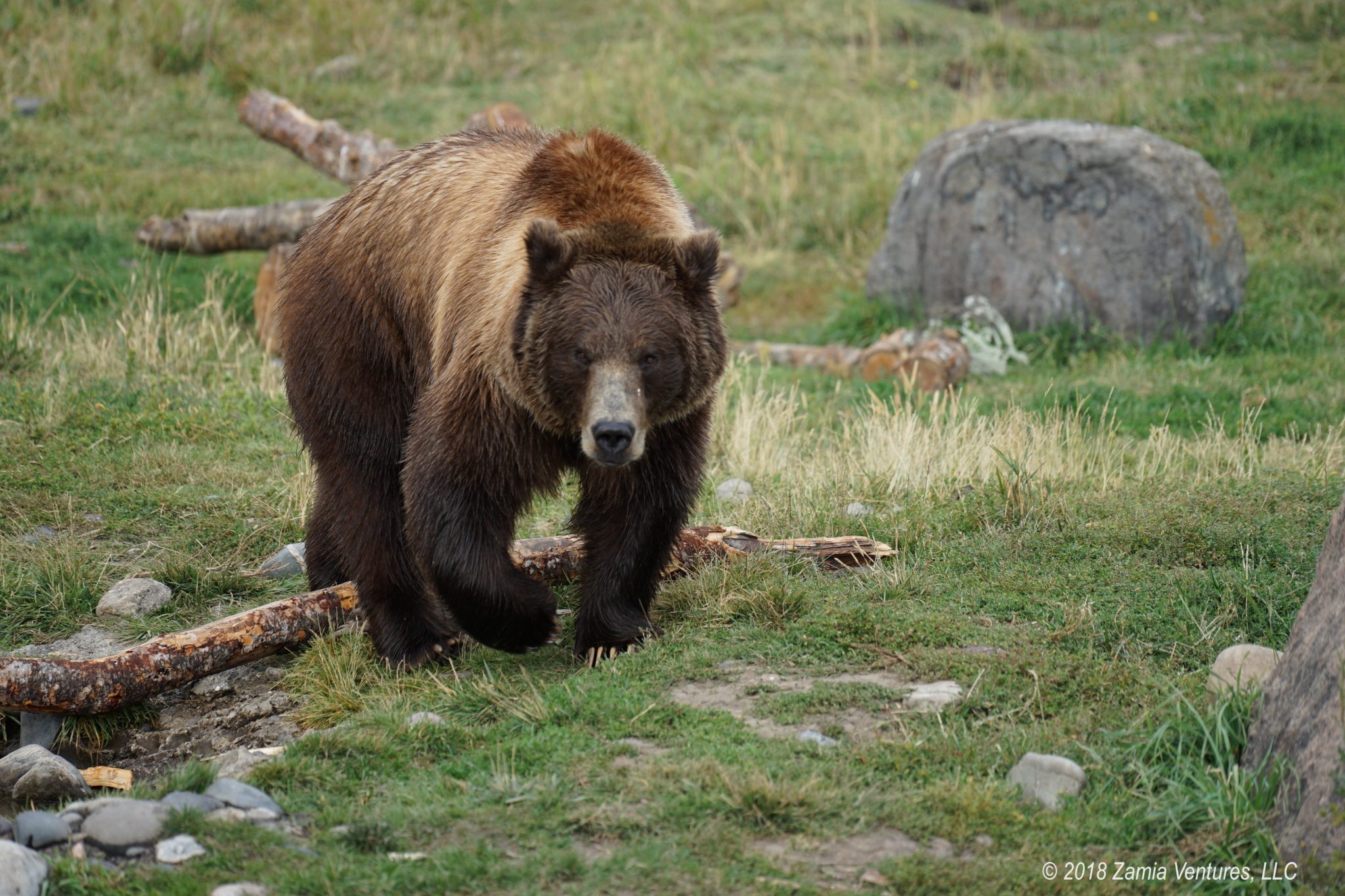
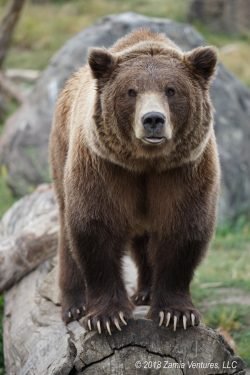
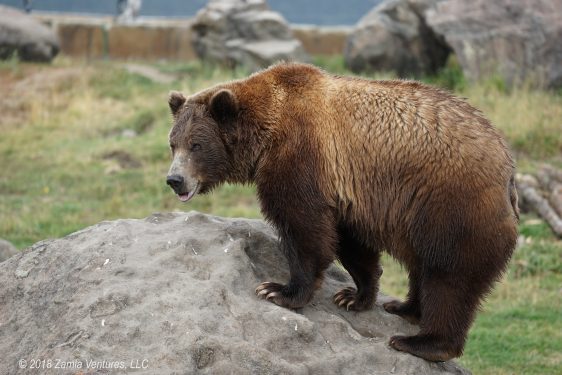
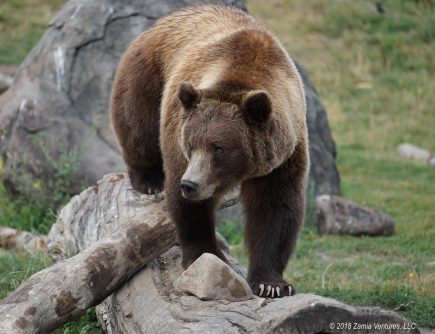
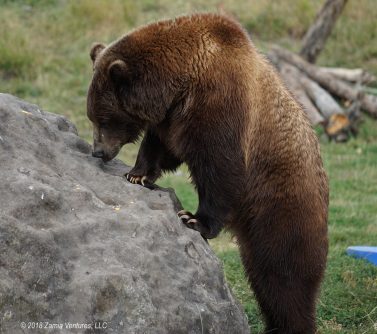
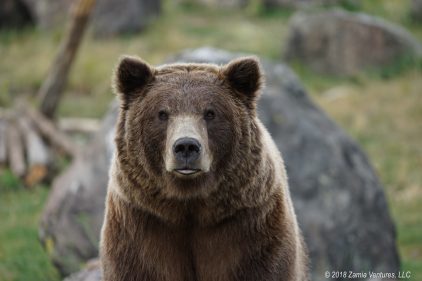
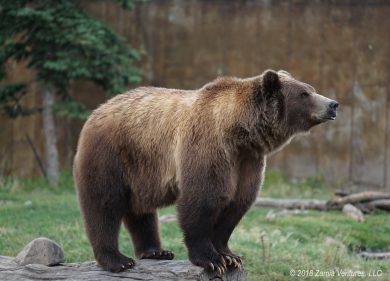
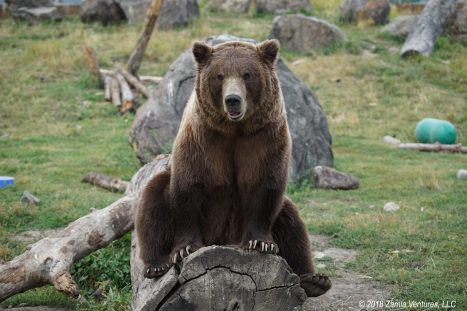
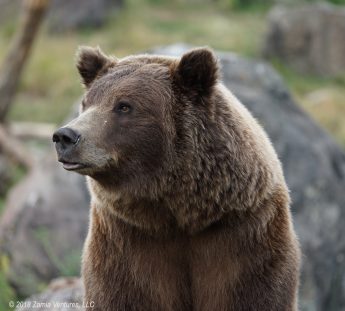
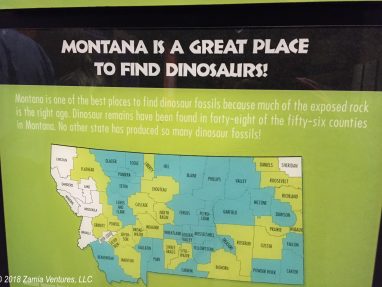
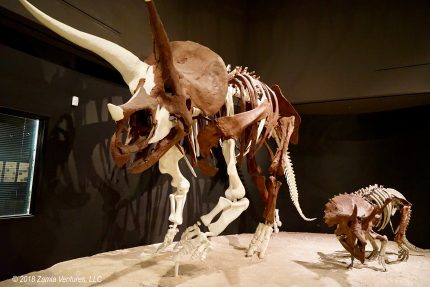
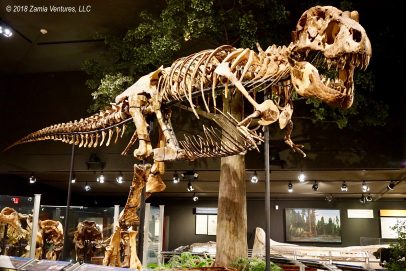
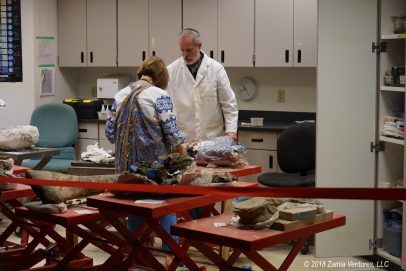
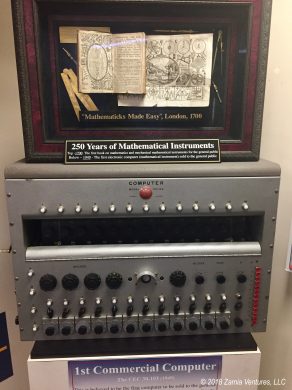
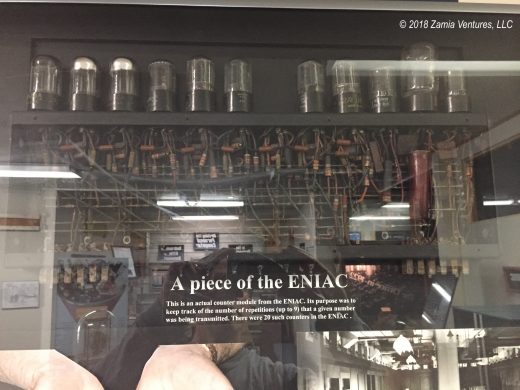
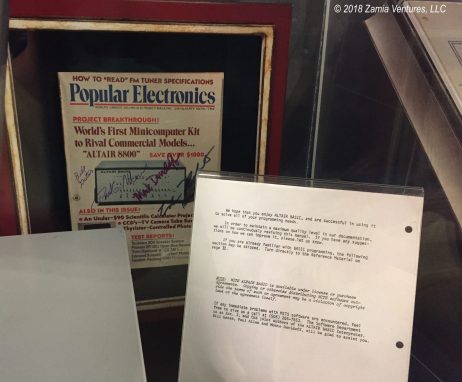
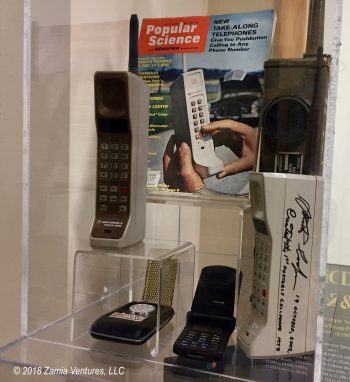
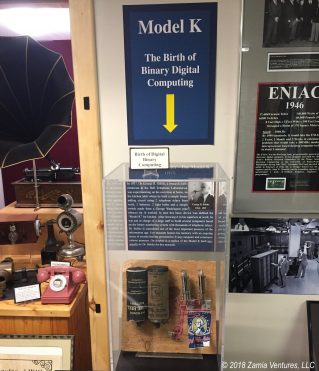
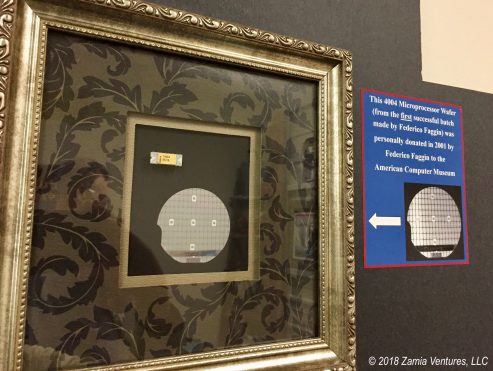
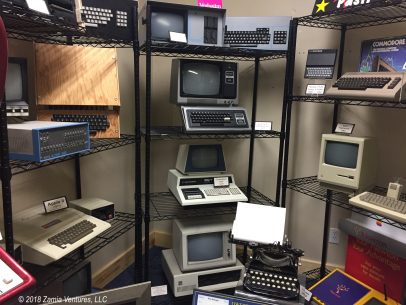
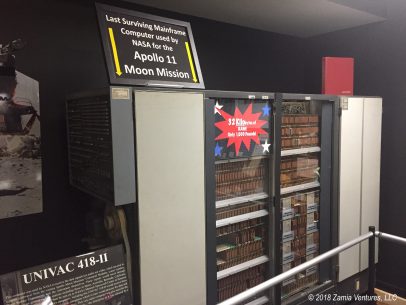

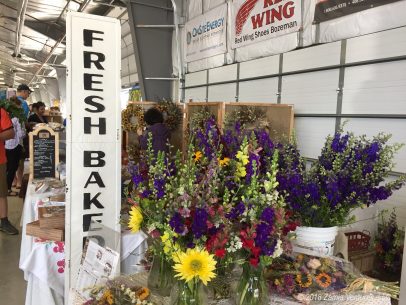
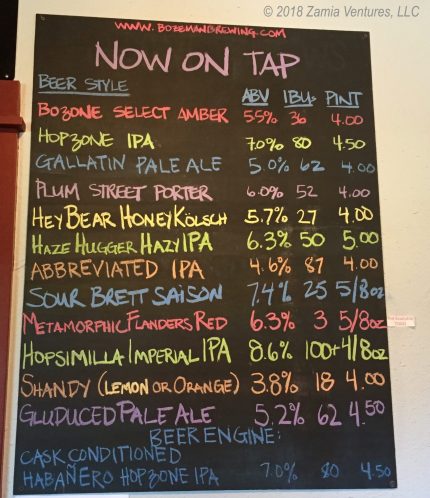
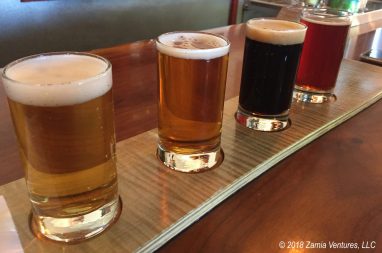
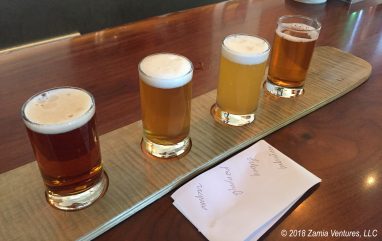
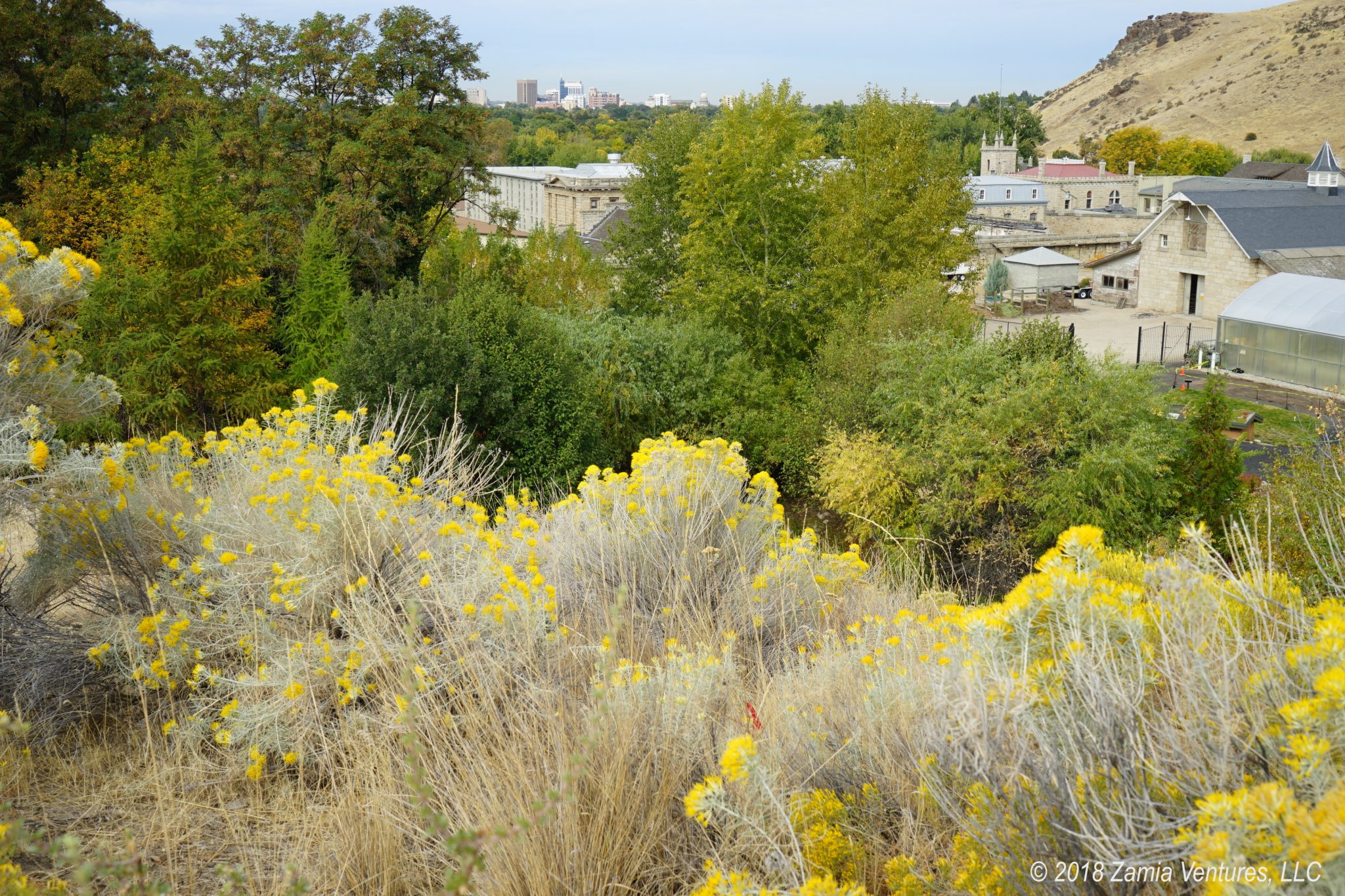
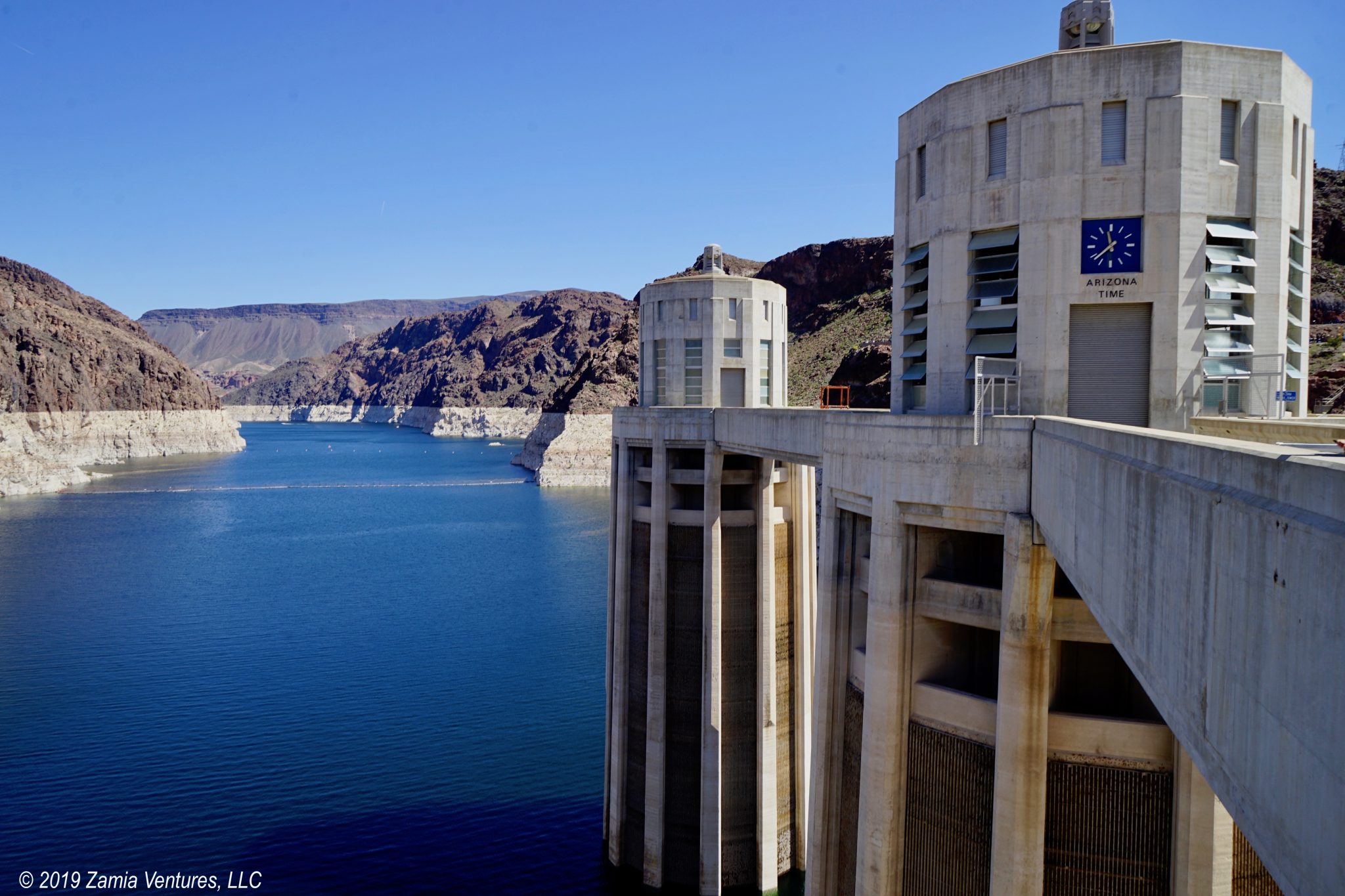
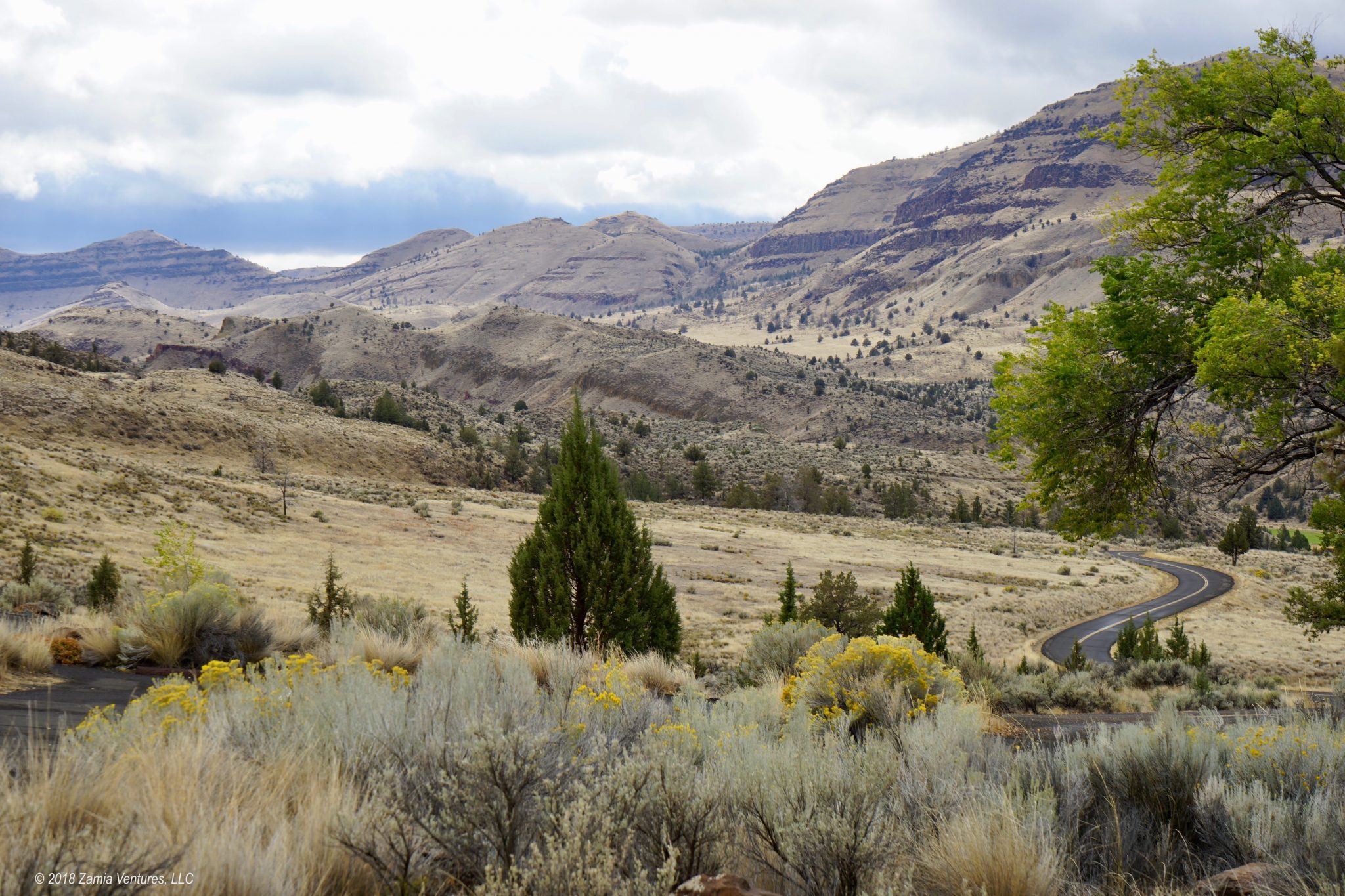
What’s the running count on number of micro breweries and tastings? …especially in the past 3 months …good statestic for the followers of the blog to keep track of … 😋
You now are approaching the expert status
Some might say that if you can remember how many breweries you’ve visited, you haven’t been to enough! Actually, the number is just six so far. But we also buy local beer in the supermarkets and get local beer on tap every time we eat out, so we’ve tasted more than what we’ve had at the taprooms.
Your photos of the grizzly are fantastic! Who doesn’t want to cuddle with him???? Ok, the claws could be a problem, but if not for those, that would be one snuggly animal!!
By the way, we were told of a similar place right near Yellowstone that is supposedly very well done – the Grizzly and Wolf Discovery Center – same kind of thing where they provide a home for animals that cannot survive in the wild. We never got a chance to go, but you might want to check it out – especially considering they have wolves too!
The museums sound awesome, especially the computer one. Seeing those old computers from 2nd grade sure makes me feel old. So thanks for that. 😃
Who knew there were so many interesting things to see and do in Montana? Glad you guys enjoyed your stay!
And by “him,” I meant “her.” Sorry Bella….
We were considering going to the Grizzly & Wolf Discovery Center in West Yellowstone, but we were traumatized by waiting in line for an hour to get through that gate when we first came into the park. We’re doing all we can to avoid going to West Yellowstone, unfortunately!